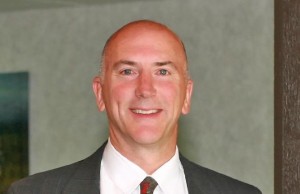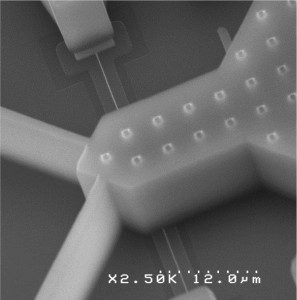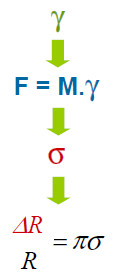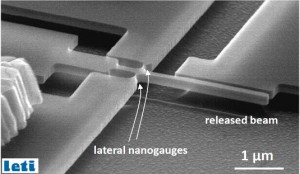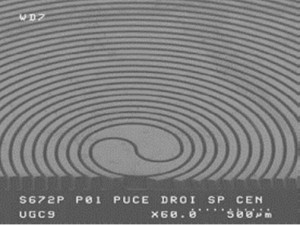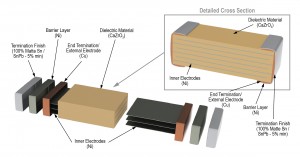Dave Doherty, the new president and chief operating officer of online distributor Digi-Key talks to Electronics Weekly about how the internet is changing the way engineers source components and the hype around IoT.
Q: What do you see as the biggest challenges facing the electronics distribution sector?
Dave Doherty : Adapting to the reality of a global economy. This is far different from having companies incorporating around the globe but operating regionally. To date, customers are moving faster with their supply chain needs and suppliers are struggling to keep pace with their regional legal entity structures operating autonomously. In addition, there are dynamic currency fluctuations in play in this global economy.
Q: How have you seen the customer landscape evolve in the past five years? Where do you see it going in the next few years?
Dave Doherty : Customers are looking for instantaneous access to information and they are more than willing to self-serve, in fact many prefer it. Our B2B customers’ response time to their end customers continues to shrink, requiring us to offer solution based products and not just parts. There are still the mega-volume consumer aimed products such as mobile devices but there is an even larger proliferation of high-mix/low volume requirements in areas like industrial, medical, IoT, etc.
Q: How do you see the evolution of technology (IoT, 3D Printing, Big Data, etc.) impacting the demand from the customer?
Dave Doherty: Our industry loves hype and attributing the latest and greatest buzz words to trends. The hottest of late, IoT, is not a recent phenomenon. Sensor activity has been accelerating for some time, as has a movement towards connectivity and a lowering price point for microcontrollers all the while accelerating a movement towards mechatronics.
Our industry (consumers, suppliers, distributors) has been very respectful of our social and environmental responsibilities (i.e. RoHS, NoPB). These trends will only contribute as we balance the need to push and develop cost effective technologies in a socially responsible way. Our industry in an example of global ingenuity at its finest. From a cost/performance perspective, I’m hard pressed to think of another industry that could keep pace.
Q: How are customer demands for design help changing and evolving? What are your key market segments? How is that evolving?
Dave Doherty: The need for 24/7 technical and customer service support is profound. The desire for web chat activities instead of traditional tech support calls. We are seeing more activity for kits, development boards, modules, reference designs and other solution oriented products.
We don’t necessarily see a change in direction for the supply chain, but rather an acceleration of our response to our customers. You will see more electronic data interchange connecting our systems through legacy means such as EDI and emerging alternatives such as APIs.
Q: What are your greatest concerns from a supply chain perspective for the remainder of the year?
Dave Doherty: We are in the segment of the supply/demand cycle in which product is generally available with low lead times. This tends to drive lower customer volumes offset with increased frequency to minimise their inventory carrying costs. These cycles tend to flip fairly quickly, through either a real or perceived disruption to the supply chain, inevitably accentuated by an emotional over-reaction that stretches lead-time and increases supply chain disruptions. We cannot become complacent or lose sight of our role in the process.

